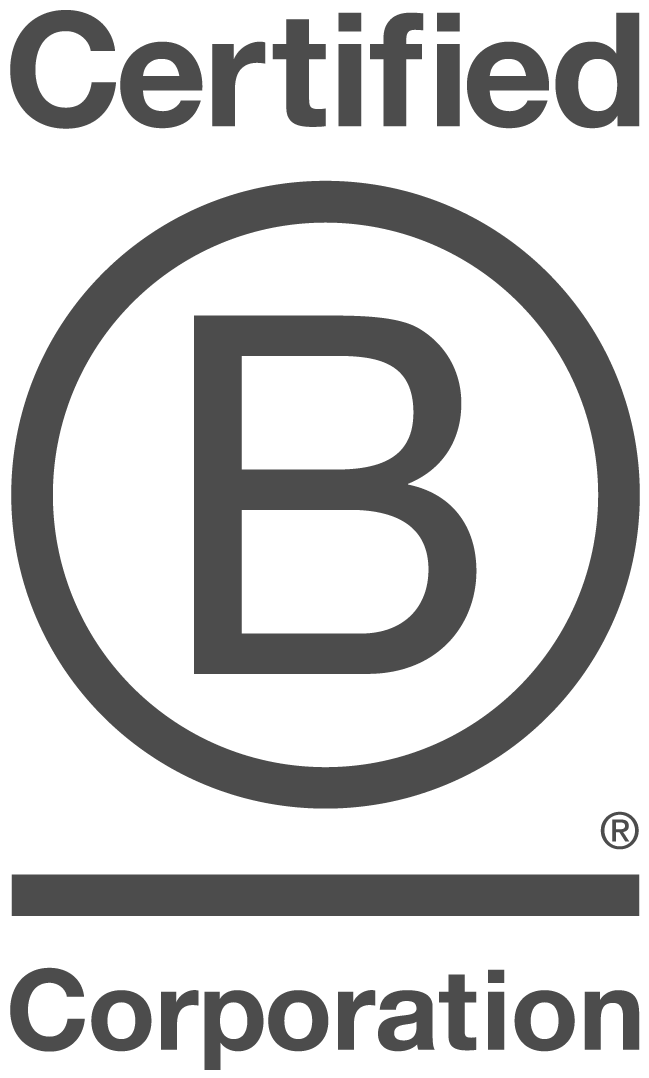ENERGY MONITORING UK | ENERGY CONSUMPTION MONITORING UK | BUDGETING ENERGY
ENERGY MONITORING & ANALYSIS
Integrate BEMS and Metering for greater visbility and control of energy across your estate, managed by our team of energy experts
POWERFUL SOLUTIONS FOR BUDGETING ENERGY
ENERGY ANALYTICS COMBINED WITH OUR ENERGY TEAM EXTEND YOUR INHOUSE CAPABILITIES TO DELIVER WINNING RESULTS
Our Energy Monitoring & Analysis Service offers powerful solutions for businesses seeking to optimise energy consumption and reduce costs. Integrating Building Energy Management Systems (BEMS) with Metering, we unlock valuable insights into your energy usage patterns. Our advanced analytics and continuous monitoring enable us to identify and capitalise on energy-saving opportunities proactively.
ENERGY CONSUMPTION MONITORING
OUR ENERGY MONITORING CAPABILITIES
-
Button
You will be supported by your own virtual energy manager, offering a team of expert energy analysts, delivering saving recommendations, managing data quality, continuity and analysis. All for one annual fee, including technology and service.
-
Button
Supported by a cloud-based (SaaS)
platform, which is hardware agnostic, bolstered by third party applications,
providing extended functionality, and scalable architecture.
-
Button
Financial, energy, and environmental performance dashboards, combined with benchmarking, normalisation and portfolio analysis. IPMVP baseline and savings support, as well as Configurable Reports and Alerts.
-
Button
Configurable Reports and Alert from your personal energy analyst.
WHAT DO OUR CLIENTS SAY?

“Through our working partnership with Optimised, we are now squeezing further energy savings from what was already a very efficient hotel.”

“The comprehensive combination of skillsets at Optimised, covering control and energy efficiency, has helped us deliver results that have far exceeded expectations and delivered significant energy and cost savings”

“Very interesting and innovative software and services, highlighting lots of issues I wasn’t even aware of and was unlikely to be, without Optimised”
GOT A QUESTION ABOUT MONITORING & ANALYSIS?
FREQUENTLY ASKED QUESTIONS
-
What is Energy Monitoring & Analysis?
Energy Monitoring & Analysis refers to a tried and tested approach by the Optimised experts, continuously monitoring and analysing energy data. By identifying areas for improvement and tracking the results of energy-saving initiatives, Optimised’s Energy Monitoring & Analysis experts help businesses and institutions reduce energy costs, lower their environmental impact, and contribute to sustainability goals.
The approach is commonly referred to in the industry as automatic monitoring & targeting.
-
What is Automatic Monitoring & Targeting?
Automatic Monitoring and Targeting (AM&T) is a systematic approach to energy management that involves the continuous monitoring, analysis, and comparison of energy consumption data to identify opportunities for energy efficiency improvements and cost savings.
Key components and features of Automatic Monitoring and Targeting include:
Data Collection: AM&T systems automatically gather data from various utility meters, sub-meters, and other sources to monitor energy consumption in real-time.
Data Analysis: The collected data is analysed using specialised software to identify patterns, trends, and anomalies in energy consumption.
Benchmarking: AM&T systems compare energy consumption data against historical usage, industry benchmarks, or predetermined targets to assess performance.
Alerts and Notifications: The system can be configured to generate alerts or notifications when consumption exceeds predefined thresholds or when anomalies are detected.
Identifying Inefficiencies: By analysing energy consumption patterns, AM&T helps identify areas of inefficiency, such as equipment operating outside optimal parameters or abnormal consumption during non-operational hours.
Energy Performance Indicators (EnPIs): AM&T systems calculate and track EnPIs, which are metrics used to quantify energy efficiency and performance improvements over time.
Reporting: AM&T generates detailed reports and visualisations that provide insights into energy consumption patterns and the impact of energy-saving initiatives.
Continuous Improvement: The insights gained from AM&T inform decision-making and guide the implementation of energy-saving measures to achieve ongoing improvements in energy efficiency.
Regulatory Compliance: AM&T can assist organisations in meeting regulatory requirements related to energy reporting and reduction.
Integration with Building Systems: AM&T systems can integrate with building management systems, HVAC controls, and other automation systems to optimise energy use.
-
What is Measurement & Verification?
Measurement and Verification (M&V) is a process used to quantify and confirm the actual energy savings and performance improvements resulting from energy efficiency projects, renewable energy installations, or other sustainability initiatives.
Key aspects of Measurement and Verification include:
Baseline Establishment: The process begins with establishing a baseline, which represents the energy consumption or performance before the implementation of the energy-saving measures.
Data Collection: Accurate and reliable data is collected after the energy-saving measures are implemented to determine the actual impact on energy consumption or performance.
Comparison and Analysis: The post-implementation data is compared to the baseline to calculate and verify the achieved energy savings or performance improvements.
Adjustment for Variables: M&V considers various external factors such as weather, occupancy, production levels, and other influences that might affect energy consumption.
Documentation: Detailed documentation of the M&V process, including methodologies, data sources, calculations, and assumptions, is maintained for transparency and accountability.
Reporting: The results of the M&V process are presented in comprehensive reports that outline the achieved energy savings, the accuracy of the measurement process, and any uncertainties.
Savings Guarantee: M&V provides confidence to stakeholders that the promised energy savings have been achieved, which is particularly important for performance contracts or financing arrangements.
Continuous Monitoring: In some cases, ongoing monitoring is implemented to ensure that energy savings are sustained over time.
Measurement and Verification is a critical component of energy management, especially for organisations committed to improving energy efficiency, reducing operational costs, and achieving sustainability goals. It provides a rigorous and transparent method for assessing the effectiveness of energy-saving initiatives and helps build trust among stakeholders, investors, and regulatory bodies.
-
What is regression analysis?
Regression analysis is a statistical technique used to examine the relationship between one or more independent variables (often referred to as "predictor" or "explanatory" variables) and a dependent variable.
Key points about regression analysis include:
Purpose: Regression analysis is used to understand how changes in one or more independent variables are associated with changes in a dependent variable. It helps quantify and model this relationship.
Variables: The dependent variable is the one being predicted or explained, while independent variables are factors that may influence the dependent variable.
Equation: The analysis aims to establish a mathematical equation that represents the best-fit line or curve through the data points, allowing predictions and inferences based on the relationships observed.
Linear Regression: Linear regression is the simplest form, where the relationship between variables is assumed to be linear, resulting in a straight-line equation.
Multiple Regression: Multiple regression involves more than one independent variable and aims to determine how each variable contributes to variations in the dependent variable while accounting for other factors.
Coefficients: Regression analysis provides coefficients for each independent variable, indicating the strength and direction of their impact on the dependent variable.
Residuals: Residuals are the differences between the actual observed values and the predicted values based on the regression equation. Analysing residuals helps assess the quality of the model.
Goodness of Fit: Various statistics, such as the coefficient of determination (R-squared), help assess the fit of the regression model to the data.
Predictions and Inferences: Once a regression model is established, it can be used for making predictions and drawing inferences about the dependent variable based on changes in the independent variables.
Regression analysis is widely used in various fields, including economics, social sciences, engineering, and business, to understand relationships between variables, make predictions, and inform decision-making. It is an essential tool for statistical analysis and hypothesis testing.
-
What is CUSUM?
CUSUM, which stands for Cumulative Sum, is a statistical technique used for monitoring and detecting changes or shifts in the mean of a process or system over time. CUSUM analysis is particularly useful in quality control, process monitoring, and quality assurance to identify deviations from a desired target or standard.
Key features of CUSUM analysis include:
Cumulative Summation: CUSUM involves calculating the cumulative sum of deviations between observed values and a reference value (often a target mean, or desired standard). The cumulative sum helps detect trends or patterns of change over time.
Thresholds: CUSUM analysis typically uses predefined threshold values. When the cumulative sum exceeds a specified threshold, it indicates a significant change or shift in the process.
Detecting Shifts: CUSUM can detect both gradual and sudden shifts in the mean of a process, which may indicate process improvements, deteriorations, or other changes.
Sensitivity: CUSUM charts can be adjusted to be more or less sensitive to changes, allowing users to tailor the analysis to their specific needs.
Decision Rules: CUSUM analysis is guided by decision rules that determine when a process is considered out of control. These rules help trigger corrective actions or further investigation.
Quality Control: CUSUM is commonly used in manufacturing, production, and other processes when maintaining consistent quality and detecting deviations is crucial.
Sequential Analysis: CUSUM is a form of sequential analysis, meaning it evaluates data as it becomes available over time rather than using fixed sample sizes.
Limitations: CUSUM is sensitive to detecting shifts but may not pinpoint the exact source of the change. Additional analysis may be needed to identify the root cause.
CUSUM analysis helps organisations maintain quality standards, identify process improvements, and take timely corrective actions to ensure that processes remain within acceptable limits. It is a valuable tool for process monitoring and control, especially in situations where maintaining consistent quality is essential.
An energy management strategy, starts with a solid metering infrastructure and analytics
Our insights provide you with the data to make informed business decisions. Our dashboards & reports help you implement targeted efficiency measures, enhance sustainability efforts, and achieve significant long-term savings. Partner with us to transform your energy management approach, supported with strong insights for baselining, proving energy efficiency projects and manage your asset / building portfolio more effectively.
OUR OFFICES
ASHBY DE LA ZOUCH
1 Ivanhoe Office Park
Ivanhoe Park Way
Ashby de la Zouch
Leicestershire, LE65 2AB
BLACKPOOL
109-112
Lancaster House
Amy Johnson Way
Blackpool, FY4 2RP
BRISTOL
Hanover House
Queen Charlotte Street, Bristol, BS1 4EX
SITTINGBOURNE
The Oast
62 Bell Road
Sittingbourne
Kent, ME10 4HE
About Optimised
Popular Pages
Subscribe
Join the Newsletter - Footer (D)
We will get back to you as soon as possible
Please try again later
Join the Newsletter - Footer (M)
We will get back to you as soon as possible
Please try again later













